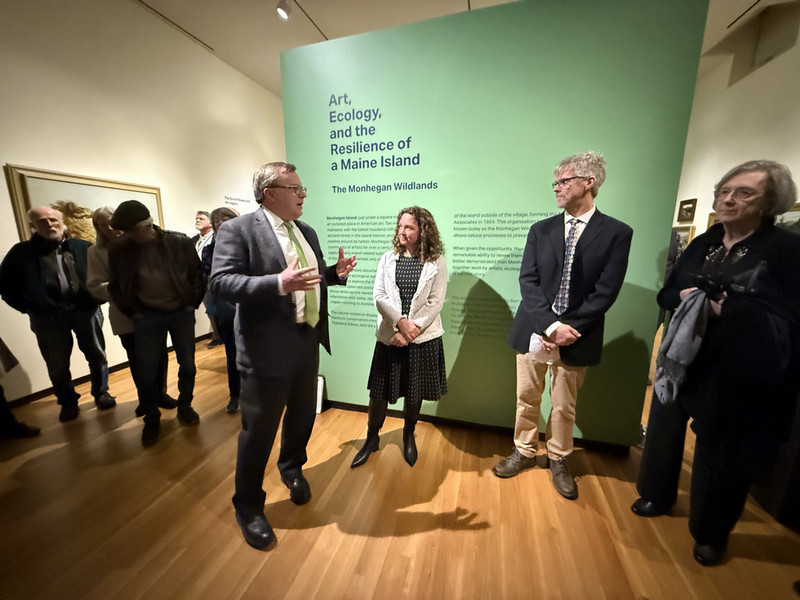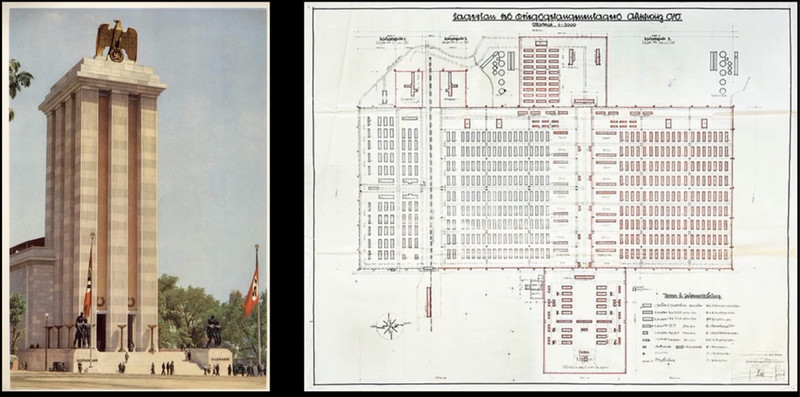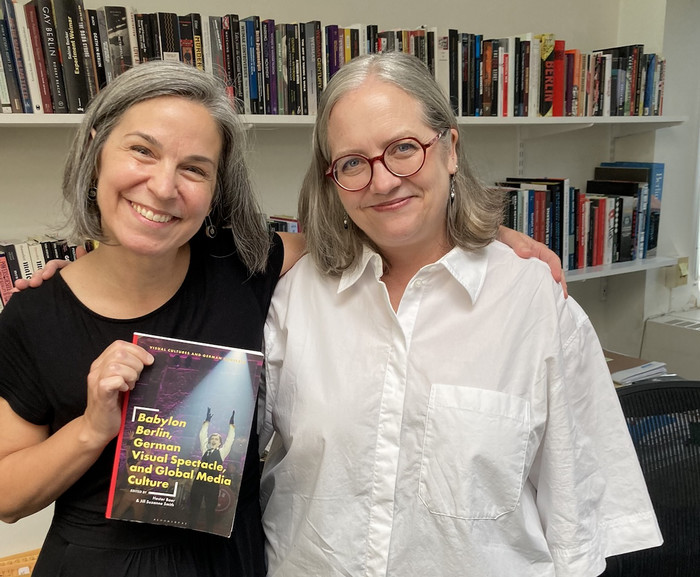Acquisitions of British Art Focus on Race and Abolition of Slavery
By Bowdoin College Museum of ArtWhile Bowdoin’s collections hold many notable examples of African American art and trace the international popularity of Harriet Beecher Stowe’s Uncle Tom’s Cabin, they don’t offer objects related to the British abolitionist movement. Four new acquisitions of British art of the late eighteenth and early nineteenth century speak to racial discrimination, as well as the rise and success of efforts to outlaw the slave trade, which was abandoned in Great Britain in 1807. The acquisitions include two prints and two medals.
Edward Fisher’s splendid mezzotint faithfully reproduces one of Sir Joshua Reynold’s most famous portraits. It shows Lady Elizabeth Keppel as a bridesmaid to King George III and Queen Charlotte, as she is decorating a bust of Hymen, the Greek goddess of marriage, with a flower garland. The image includes the crouching figure of an unnamed female servant of African descent, thereby exemplifying racial bias and class distinctions.
One of the early abolitionists was entrepreneur Josiah Wedgwood, whose jasperware medallion of 1787 became an icon of the movement and served as a public demonstration of dissent. The medallion shows an African man in chains who pleads for freedom with the inscription: “Am I not a man and a brother.”
In 1807, on the occasion of the abolition of the slave trade, Wedgwood’s friend Matthew Boulton helped to create this bronze medal. It shows an African man shaking hands with a British man and declares in its English inscription: “We are all brethren/ Slave trade abolished by Great Britain.” On its reverse this announcement is translated into Arabic, most likely in an attempt to convey the policy change to the Arabic traders.
British artist Joseph Collyer the Younger commemorated the success of the abolitionist movement in an engraving after Henry Moses. The three white female characters are of Britain flanked by Justice and Religion. William Wilberforce, the leader of the abolitionist movement, is represented in a bust. On the left, a list describes the crimes and brutalities against African slaves and, on the right, another lists those members of parliament who spoke out against the inhumanity. Africans are not visible in this print. The slave ship on the left only indicates their presence. Still, like the other new acquisitions, the composition is an important reference point for any conversation about visual imagery related to the end of slavery.





Image 1: Lady Elizabeth Keppell, 1760s, mezzotint, by Edward Fisher
Image 2: Anti Slavery Wedgewood Medallion, 1787, jasperware and wood, by Josiah Wedgewood
Image 3 and 4: Abolition of Slavery, 1807, bronze (obverse and reverse) by Matthew Boulton.
Image 5: Plate to Commemorate the Abolition of the Slave Trade, 1808, engraving, by Joseph Collyer the Younger



